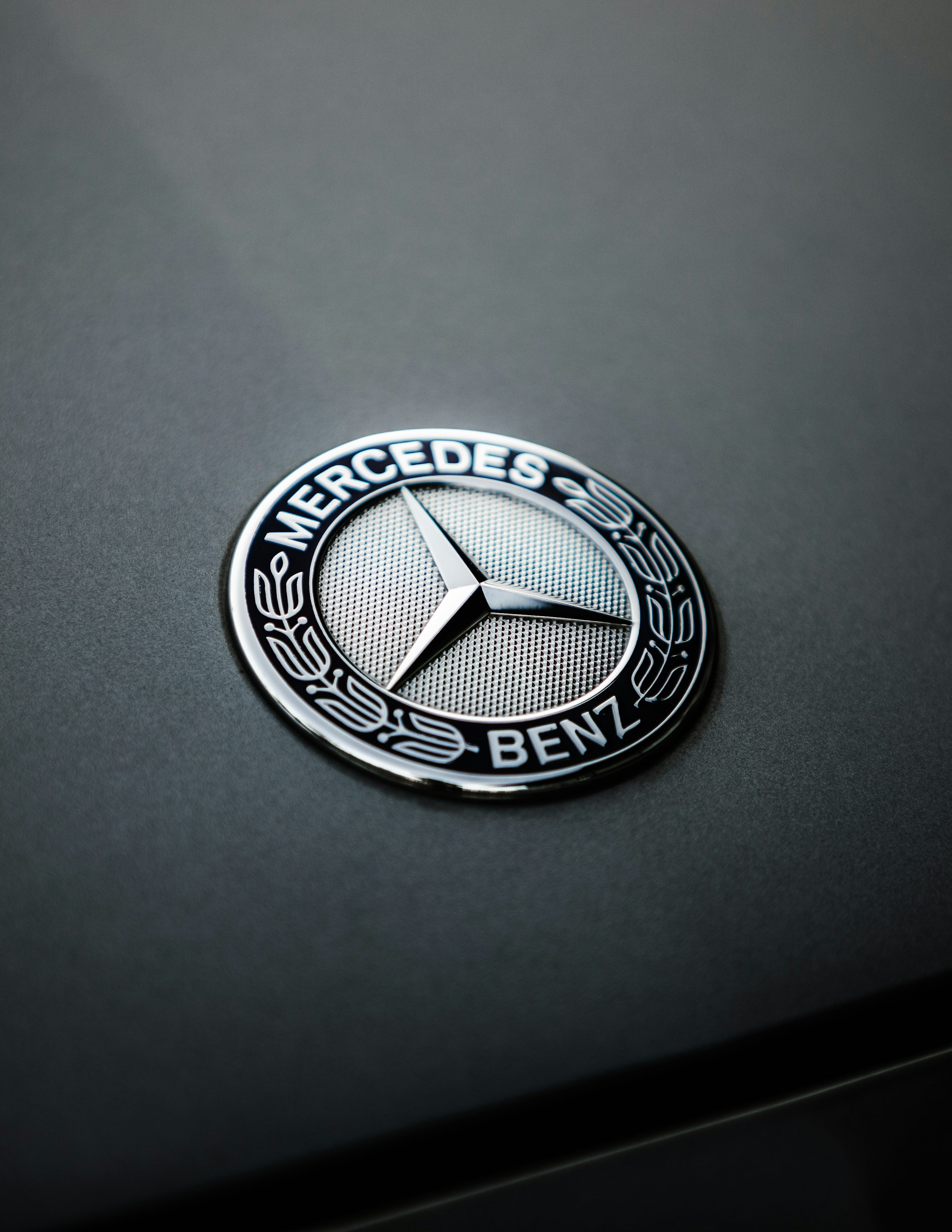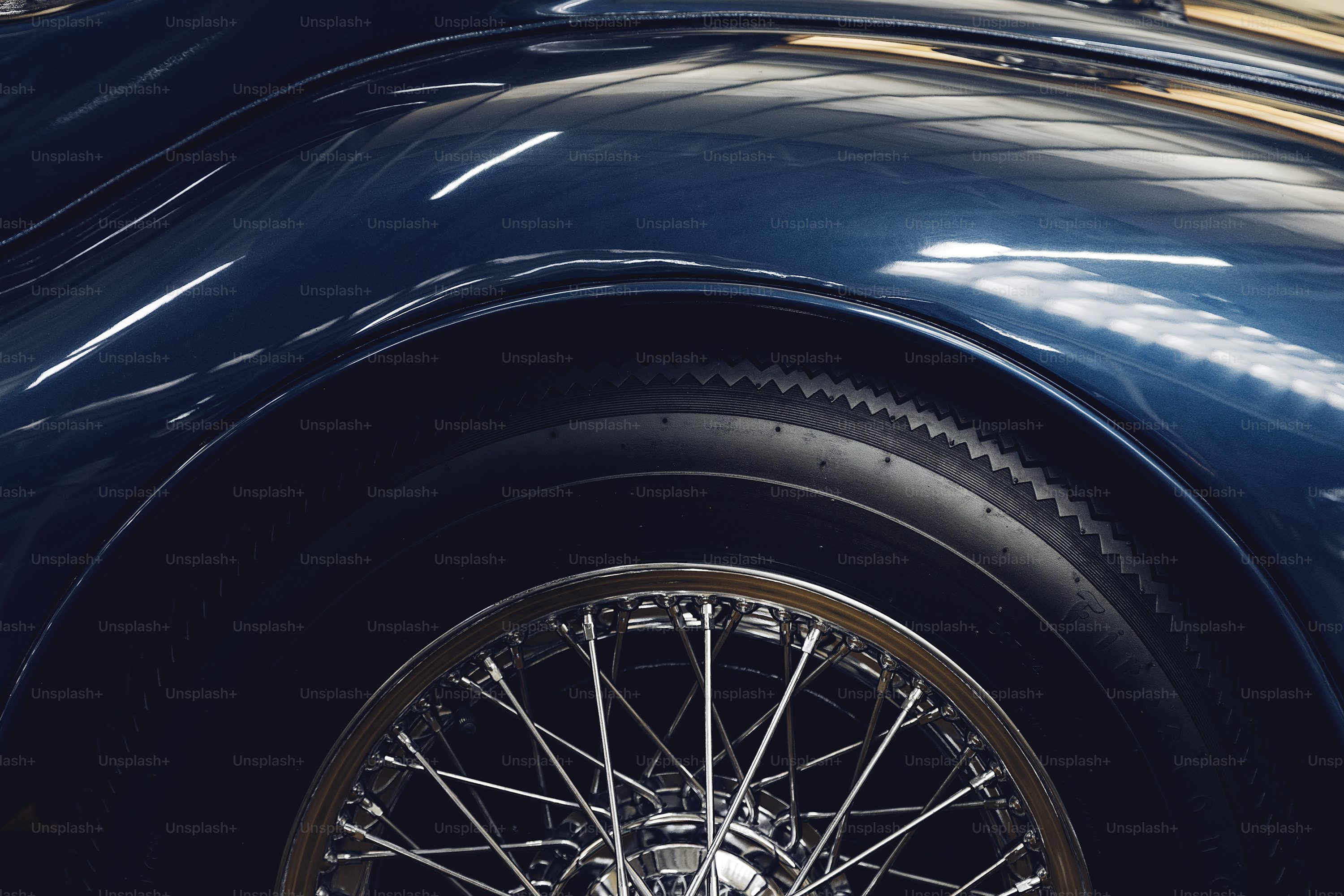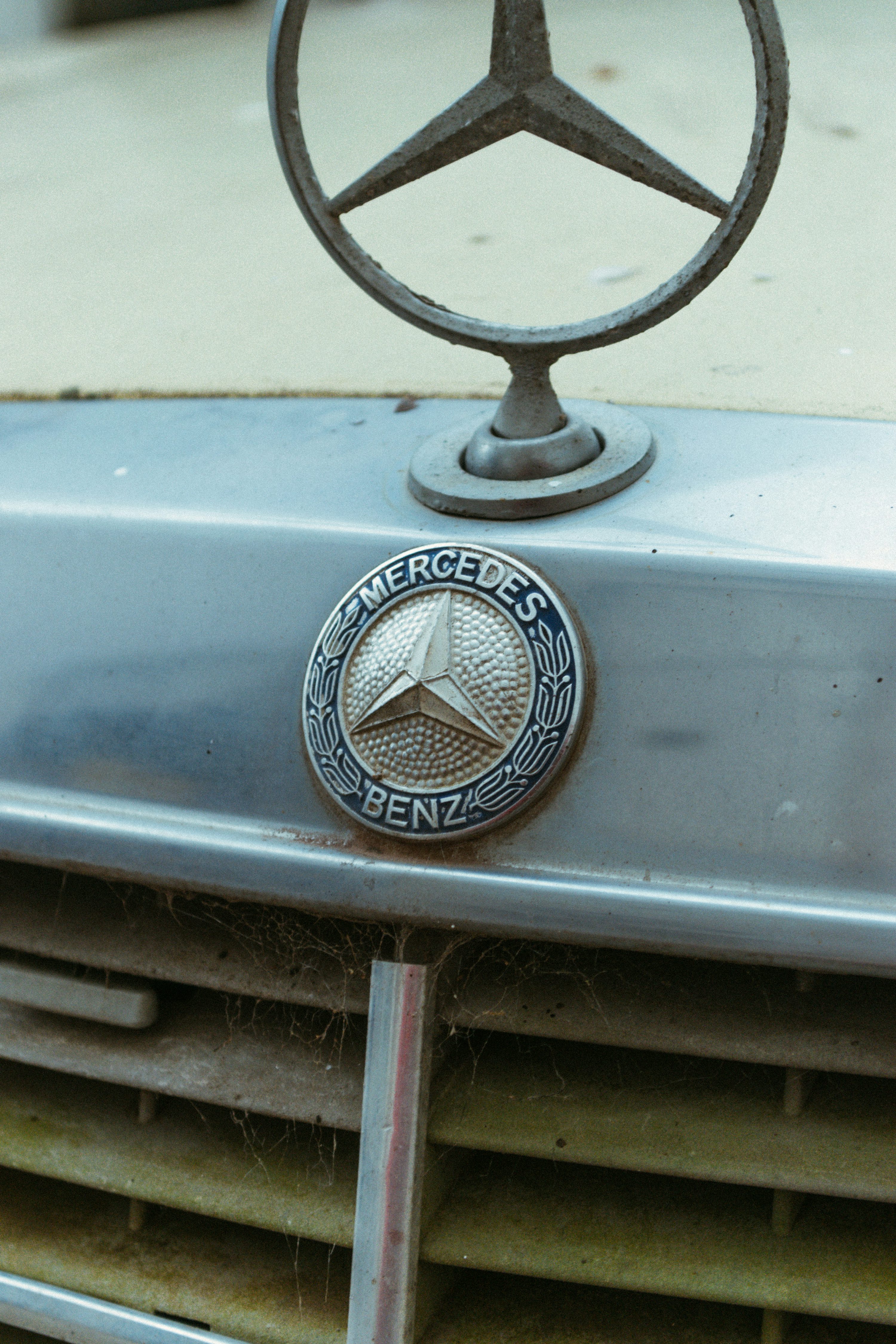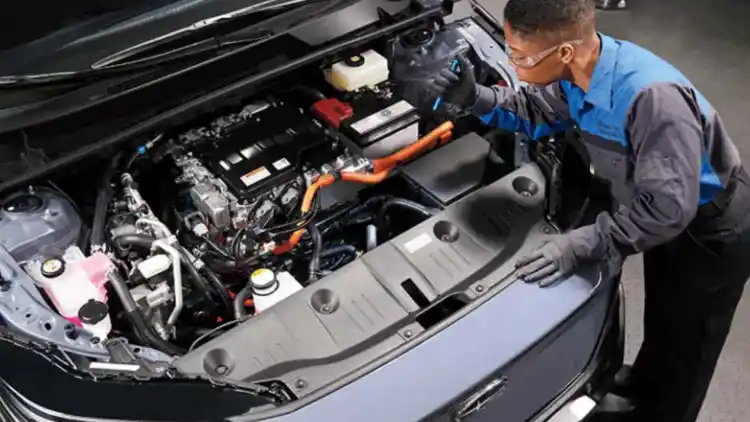- The Clear Answer:Karl Benz Gets the Credit
- Key Players in Early Car History
- The Legacy:How the First Car Changed Everything
- FAQ
Have you ever wondered who truly invented the car? It's a fascinating journey back in time, discovering the trailblazers who changed how we travel forever. Let's explore the groundbreaking events that led to the first car and the birth of modern transportation.
The Clear Answer:Karl Benz Gets the Credit
Most experts agree that a German engineer named Karl Benz built the first truly practical car. This amazing event happened in 1886. Karl Benz created a vehicle with three wheels. He called it the "Benz Patent-Motorwagen." This car was special because it ran on its own power, using an internal engine, unlike earlier vehicles. It marked a huge step forward in the history of the automobile.
Why Karl Benz is Recognized
Many reasons explain why Karl Benz is known as the inventor of the first car:
Official Record and Patent: He received a special document called Patent No. DRP 37435. This patent was for his "vehicle powered by a gas engine." Getting a patent meant his invention was recognized officially as new and important. It was a clear statement that he had created something unique.
It Truly Worked: Unlike some ideas before his, Benz's car was a complete machine. It was built specifically to be a car, not just a horse cart with an engine added on. It ran reliably under its own power. This meant it could drive without constantly breaking down or needing outside help.
It Was Practical: His vehicle was designed to be used on regular roads. It was a real car that could carry a person. This made it very different from earlier experiments or machines that were just for showing off new ideas.
Key Players in Early Car History
However, the story of the car is bigger than just one person. Many other clever people were working on similar ideas around the same time. Their efforts also shaped the exciting history of the automobile.
Other Important Inventors and Early Innovations
Here are some other important names and their contributions:
Gottlieb Daimler and Wilhelm Maybach (Germany): At almost the exact same time as Benz (also in 1886), these two German engineers created their own engine-powered vehicle. Their machine was different because it was the first car with four wheels that ran on gasoline. They built their vehicle by putting an engine into a modified horse carriage. Daimler and Maybach were also key in making early engines that other inventors later used. They went on to start a major car company later known as Daimler-Motoren-Gesellschaft (DMG), which is part of the story of how Mercedes-Benz came to be.
Siegfried Marcus (Austria): Mr. Marcus built some early machines powered by gasoline engines even earlier, around the late 1870s. These were very basic, almost like crude handcarts with an engine. His inventions were not very practical or reliable as full cars, and he did not seek important patents for them. So, while he experimented early, his machines were more like demonstrations than usable vehicles.
Nicolas-Joseph Cugnot (France): Going back even further, Mr. Cugnot built a steam-powered cart way back in 1769. This was a very large machine known as the "Fardier à vapeur." It was designed to pull heavy cannons for the army. It was not a passenger car, and it did not use an engine that burned fuel inside (an internal combustion engine). This machine was very heavy and slow. It was also hard to control and quickly ran out of steam. It shows how people were thinking about self-moving vehicles for a long time, but Cugnot's machine was very different from a modern car.
Comparing Key Early Vehicles (Creating the First Car)
Let’s compare these important early inventions:
Inventor | Vehicle Name/Type | Year | Key Features |
|---|---|---|---|
Karl Benz | Patent-Motorwagen | 1886 | First practical gasoline car. It had three wheels, a single-cylinder engine, and a driver onboard. It was also patented. |
Gottlieb Daimler | Motorized Carriage | 1886 | First four-wheeled gasoline car. It was based on a modified horse carriage design. Its engine was developed by Daimler and Maybach. |
Siegfried Marcus | Experimental Handcarts | ~1870 | These were basic gasoline carts. The engine often touched the ground. They were mostly for shows, not truly usable cars. |
Nicolas-Joseph Cugnot | Fardier à vapeur | 1769 | A large, steam-powered machine for pulling heavy cannons. It was very heavy and slow, and hard to control. It was not a practical car for people. |
The Legacy:How the First Car Changed Everything
The early work by clever people like Karl Benz and Gottlieb Daimler quickly led to better and better cars. Their pioneering efforts started a revolution that changed the world in many ways:
Mass Production: Soon, companies found ways to build cars in very large numbers. This is called mass production. It made cars available to many more people. Early car brands, like those that eventually formed Mercedes-Benz, grew from these beginnings. This helped drop the price of cars. What might have cost hundreds of thousands of AED or SAR became much more affordable.
Better Technology: Engines became stronger, used less fuel, and were more reliable. Things like gearboxes, brakes, and tires also improved a lot from those very first designs. Every part of the car got better over time.
New Designs: Cars quickly changed from simple three-wheeled cycles to four-wheeled vehicles. They gained roofs, doors, and different body shapes. Today, we have sports cars, trucks, SUVs, and even electric vehicles, all thanks to this continuous improvement.
Modern Transportation: The invention of the car led to a huge network of roads and highways. It created a need for fuels like gasoline and diesel. It also sparked the growth of a giant global auto industry that employs millions. The car changed how people traveled, lived, and worked forever, shaping cities and lifestyles all over the world.
FAQ
Q:Did Henry Ford make the first car?
A: No, Henry FordUAE FordKSA FordBahrain FordEgypt FordKuwait FordOman FordQatar Ford did not make the first car. He came onto the scene quite a bit later. Ford made his huge contribution by perfecting the assembly line, starting around 1913. This new way of building cars made them much cheaper and faster to produce. It put cars within reach of ordinary families, not just the very rich. Before Ford, a car might have cost as much as a small villa in Dubai or Riyadh. After his methods, they became much more affordable. Car makers around the world still use his smart production methods today.
Q:Why is the word "automobile" used?
A: The word "automobile" actually comes from two old languages. "Auto" comes from Greek and means "self." "Mobilis" comes from Latin and means "moving." So, an "automobile" means a vehicle that moves by itself. This idea was very important because before cars, vehicles usually needed an animal, like a horse, to pull them. The car was special because it moved without needing outside help.
Q:Was electricity or gasoline used first in the first car?
A: The very first practical cars, like Karl Benz's Patent-Motorwagen and Daimler's vehicle, used gasoline engines. These are also called petrol engines in some parts of the world. However, ideas for electric-powered cars also existed very early on, even in the late 1800s. But back then, batteries were very big, heavy, and could not store much power. This limited how much electric cars could be used. Gasoline engines became the standard for about 100 years. It wasn't until battery technology improved a lot in the 21st century that popular electric vehicles became common, like those we see on the roads in the UAE and Saudi Arabia today.
Q:Where can I see the original first car today?
A: You can see original Benz Patent-Motorwagen cars, and also very accurate copies, at the Mercedes-Benz Museum in Stuttgart, Germany. Another great place is the Deutsches Museum (German Museum) in Munich, Germany, which also has a famous copy. Many large museums focusing on transport and history around the world have exact working models on display. It's a great idea to check the websites of museums in your city or when you are traveling.
Read More:
How to Reset Oil Change Light on Volkswagen Tiguan 2018:Quick & Easy
Volkswagen Tiguan Price Guide:Your Comprehensive Cost Analysis
Volkswagen Tiguan Review:Your Practical Family SUV Choice for 2025













